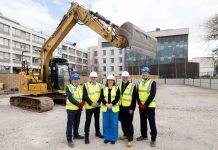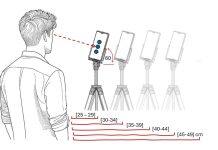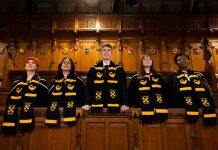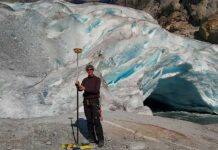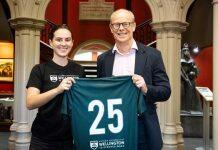The University of Adelaide will be a key partner in a project to build Australia’s first lunar rover. The University’s Exterres Facilities will be used as the testing ground that will expose ‘Roo-ver’ to a simulation of the harsh environment of space.


The ELO2 Consortium, which the University is member of, has been chosen by the Federal Government to deliver the national project to build and operate Australia’s first lunar rover as part of the Australian Space Agency’s Moon to Mars Trailblazer Program and supporting NASA’s Artemis missions.
The University of Adelaide’s Associate Professor John Culton is the Director of the Andy Thomas Centre for Space Resources.
“The University of Adelaide is proud to be part of the ELO2 Consortium which will collaborate on building Australia’s first lunar rover,” said Associate Professor Culton.
“ELO2 will utilise the University’s Exterres Lab, located here in the heart of Adelaide and our new off-Earth Analogue Facility at our Roseworthy campus in order to help develop the operational capabilities of the rover.
‘These facilities will put the ‘Roo-ver’ through its paces before heading to the Moon, testing the rover in a range of simulated lunar environments including its operation on regolith, the harsh lunar surface dust, and in the challenging lighting conditions experienced on the Moon.”
The University’s Extraterrestrial Environmental Simulation (Exterres) Facilities, located on the North Terrace and Roseworthy campuses, provide crucial testing and evaluation environments for the development of technologies designed for off-Earth operation. Researchers can develop and test equipment in both simulated lunar and Martian surface conditions.
One of the most advanced space robotics projects in Australia right now, the semi-autonomous ‘Roo-ver’ rover will collect and characterise the lunar soil and deliver key capabilities that could lead to a sustainable human presence on the lunar surface.
“The University of Adelaide is proud to be part of the ELO2 Consortium which will collaborate on building Australia’s first lunar rover.”
-Associate Professor John Culton, Director, Andy Thomas Centre for Space Resources, University of Adelaide
NASA and the Australian Space Agency are working together to finalise plans, with the lunar rover on track for a launch later this decade. The Federal Government has backed the project with $42 million to build and operate ‘Roo-ver’.
The ELO2 consortium is made up of 21 organisations – from Australian space start-ups and small businesses to major resources companies, 11 universities, and other research partners. The consortium is an unparalleled collaboration of industry organisations and leading research organisations from across Australia focused on space exploration.
Robotics and automation have the potential to generate enormous social, economic and environmental benefits for Australia, with automation predicted to add an extra $170 to $600 billion per year to the Australian economy by 2030.


